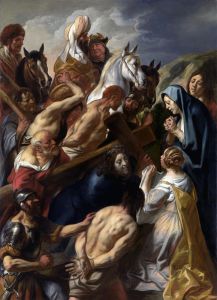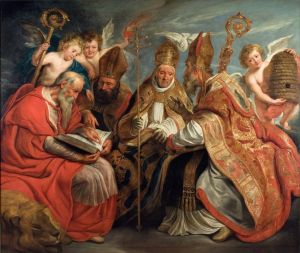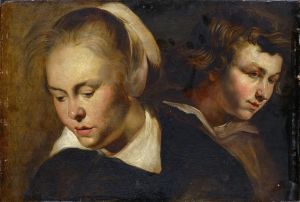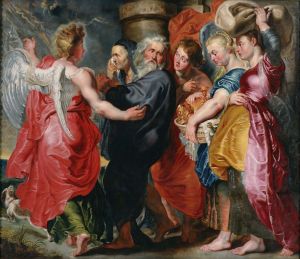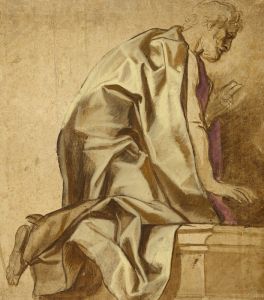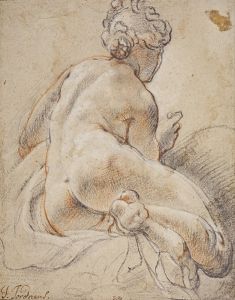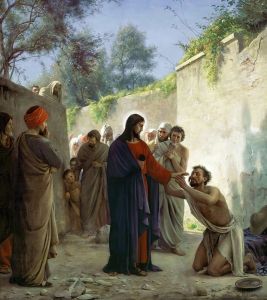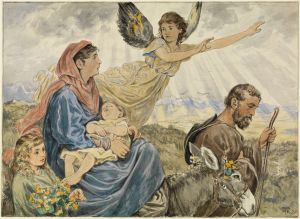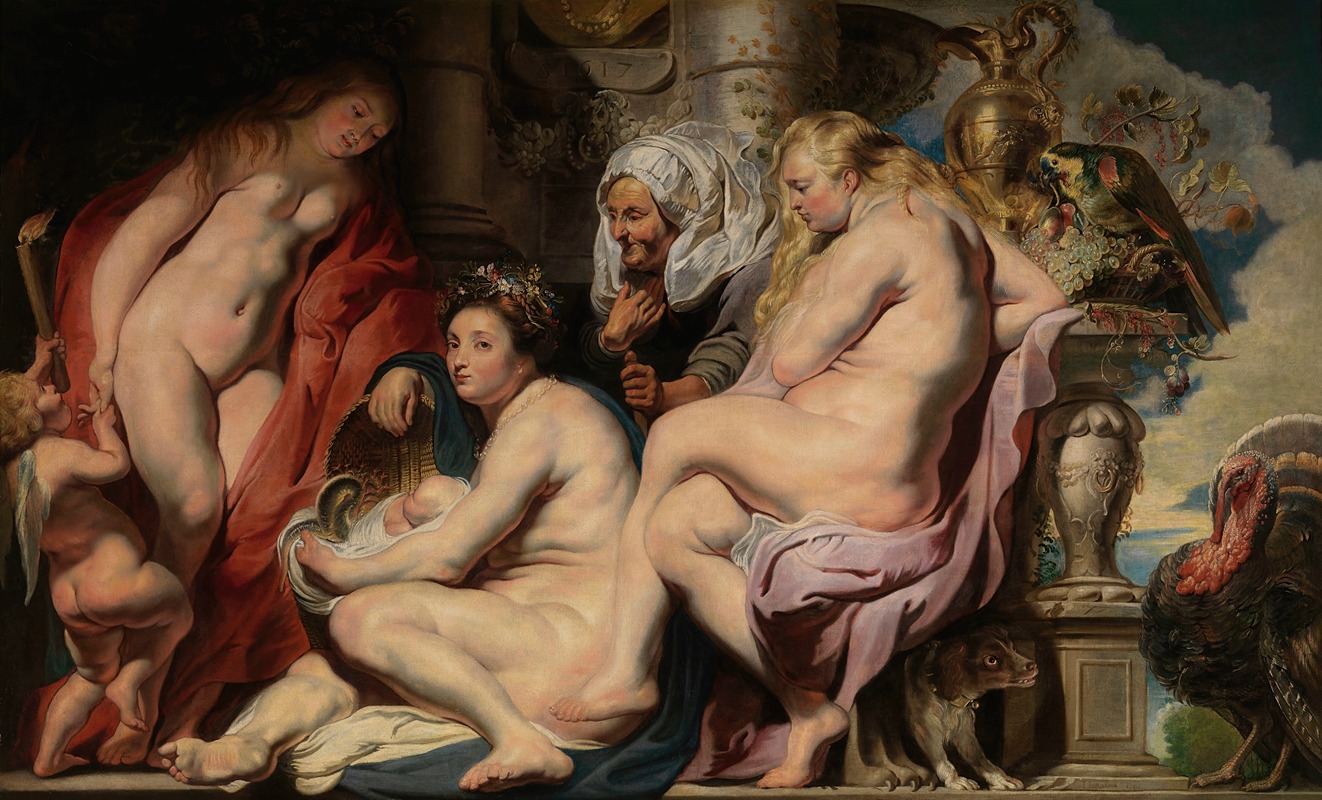
The Daughters of Cecrops Finding the Child Erichthonius
A hand-painted replica of Jacob Jordaens’s masterpiece The Daughters of Cecrops Finding the Child Erichthonius, meticulously crafted by professional artists to capture the true essence of the original. Each piece is created with museum-quality canvas and rare mineral pigments, carefully painted by experienced artists with delicate brushstrokes and rich, layered colors to perfectly recreate the texture of the original artwork. Unlike machine-printed reproductions, this hand-painted version brings the painting to life, infused with the artist’s emotions and skill in every stroke. Whether for personal collection or home decoration, it instantly elevates the artistic atmosphere of any space.
Jacob Jordaens, a prominent Flemish Baroque painter, created the artwork "The Daughters of Cecrops Finding the Child Erichthonius." Jordaens, known for his vibrant use of color and dynamic compositions, was a leading figure in the Antwerp art scene during the 17th century. He was a contemporary of Peter Paul Rubens and Anthony van Dyck, and while he never traveled to Italy, Jordaens was heavily influenced by the Italian Renaissance and Baroque styles, which is evident in his work.
The painting "The Daughters of Cecrops Finding the Child Erichthonius" depicts a scene from Greek mythology. According to the myth, Erichthonius was a legendary king of Athens, born from the earth and Hephaestus, the god of fire and metalworking. The goddess Athena placed the infant Erichthonius in a chest and entrusted it to the daughters of Cecrops, the first king of Athens, with strict instructions not to open it. However, the daughters, Aglaurus, Herse, and Pandrosus, succumbed to curiosity and opened the chest, discovering the child inside, often depicted with serpentine features or accompanied by a serpent.
Jordaens' interpretation of this mythological narrative is characterized by his robust and dynamic style. The painting captures the moment of revelation, with the daughters of Cecrops reacting to the sight of the child. Jordaens employs dramatic lighting and rich, warm colors to enhance the emotional intensity of the scene. The figures are rendered with a sense of movement and vitality, typical of Jordaens' work, which often emphasized the physicality and expressiveness of his subjects.
The composition of the painting is carefully structured to draw the viewer's eye to the central action. Jordaens uses diagonal lines and a strong contrast between light and shadow to create a sense of depth and focus. The expressions and gestures of the daughters convey a range of emotions, from surprise to awe, highlighting Jordaens' skill in capturing human emotion.
Jordaens' work often included mythological and allegorical themes, and "The Daughters of Cecrops Finding the Child Erichthonius" is a prime example of his ability to bring such stories to life with vivid detail and dramatic flair. While Jordaens was not as widely traveled as some of his contemporaries, his work reflects a deep understanding of classical themes and a mastery of the Baroque style.
This painting, like many of Jordaens' works, demonstrates his ability to blend narrative content with a dynamic visual style, making the mythological past accessible and engaging to viewers of his time and beyond. Jordaens' contribution to the Baroque movement is significant, and his works continue to be studied and appreciated for their artistic and historical value.





